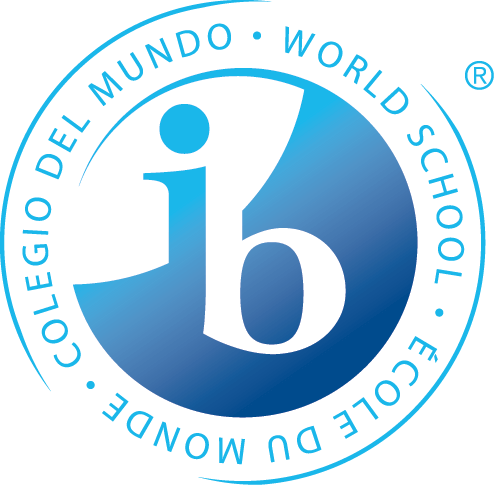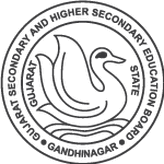Understanding the PYP Exhibition
Coming up this Saturday, February 3rd 2018, is the PYP Exhibition, a grand culmination of the educational journey of our seventh graders.
The Primary Years Program of the International Baccalaureate is a world-leading curriculum that emphasises inquiry and encourages students to become active and compassionate lifelong learners and responsible citizens of the world.
Drawing on research and best practices from around the world, an IB education offers an engaging and challenging framework for all children. With a focus on the overall growth of the child, this curriculum addresses academic needs along with social, physical, emotional and cultural development. The foundation of the PYP is a commitment to guided inquiry: when students ask questions and become self-directed, their learning is stimulating and relevant.
The Primary Years program culminates in an Exhibition which is a reflection and celebration of every child’s learning journey.
“The final exhibition is the result of a ten-week-long intensive period during which students apply the knowledge and skills they have gained to engage in in-depth critical inquiry about an issue that they are motivated to address,” says Ms Shivangi Panchal, the Head of Primary Years at AIS.
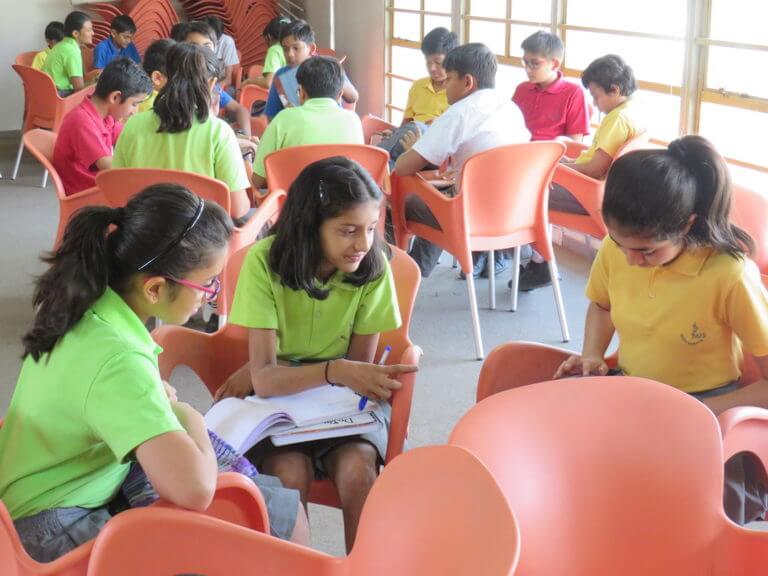 “Students work in groups to define a central idea that they would like to explore, as well as the lines of inquiry they will use to study the selected idea,” adds Ms Sheryl Shah who teaches the seventh grade. “Throughout the exhibition unit, students apply the skills and attitudes they have acquired over the course of their PYP journey to really take ownership of their learning and celebrate their knowledge,” she says.
“Students work in groups to define a central idea that they would like to explore, as well as the lines of inquiry they will use to study the selected idea,” adds Ms Sheryl Shah who teaches the seventh grade. “Throughout the exhibition unit, students apply the skills and attitudes they have acquired over the course of their PYP journey to really take ownership of their learning and celebrate their knowledge,” she says.
The exhibition process begins with some self assessment and journaling through which students identify the profiles and attitudes that they have each developed. They also explore the value of these qualities and what difference they potentially make to the world.
The IB learner profiles and attitudes are a set of traits that underpin and inspire the curriculum. These include being an inquirer, risk-taker, communicator, thinker, among others.
Students proceed to seek inspiration from local and global role models who have made a positive contribution to the world. For instance, students watched a video about Pakistani artiste and activist Muniba Mazari.
 Culminating this initial preparatory phase, students participated in a solemn oath ceremony wherein they collectively pledged to work with responsibility and commitment throughout the exhibition.
Culminating this initial preparatory phase, students participated in a solemn oath ceremony wherein they collectively pledged to work with responsibility and commitment throughout the exhibition.
Following the oath ceremony, students undertook a critical evaluation of the media through a thinking routine called ‘Generate-Sort-Connect’.
In order to understand the role media plays in bringing about a change in society, students discussed the different forms of media and the varied positive and the negative aspects they have on the community.
This engagement paved the way to determining what issues students wanted to work on. Guided by their teachers, seventh graders this year have chosen to explore the themes of human rights, girl education, deforestation, child labour, poverty, racial discrimination, child abuse, animal abuse, and water pollution.
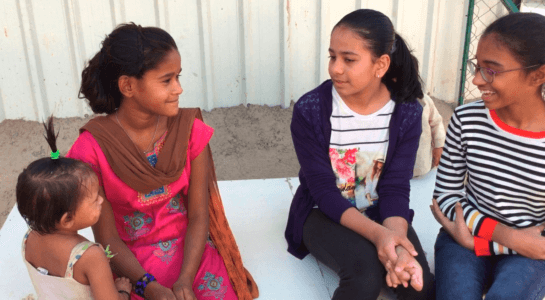 Each group conducted an in-depth study of an individual or organisation working on their selected issue to better understand the complexities involved. For instance, one group visited Saath, an organisation working to eliminate child labour.
Each group conducted an in-depth study of an individual or organisation working on their selected issue to better understand the complexities involved. For instance, one group visited Saath, an organisation working to eliminate child labour.
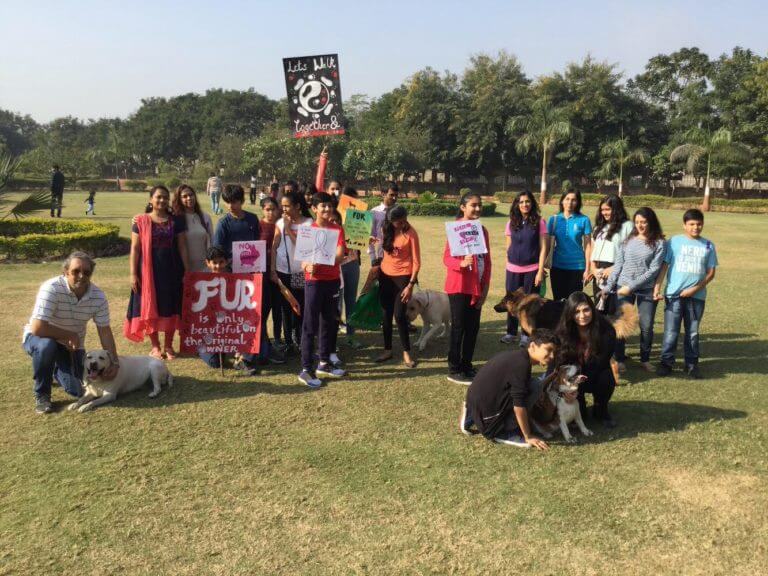 After identifying specific concerns within their chosen theme, student groups formulated action plans to make a real-world contribution to the issues they had chosen. These included targeted, measurable initiatives such as collecting clothes and other donations for those in need and organising a pet walk to raise awareness about animal rights.
After identifying specific concerns within their chosen theme, student groups formulated action plans to make a real-world contribution to the issues they had chosen. These included targeted, measurable initiatives such as collecting clothes and other donations for those in need and organising a pet walk to raise awareness about animal rights.
Through such a systematic learning endeavour, not only do children realise and utilise their own agency to make a difference, but they also acquire a deeper sensitivity and responsibility toward the local and global communities they inhabit.
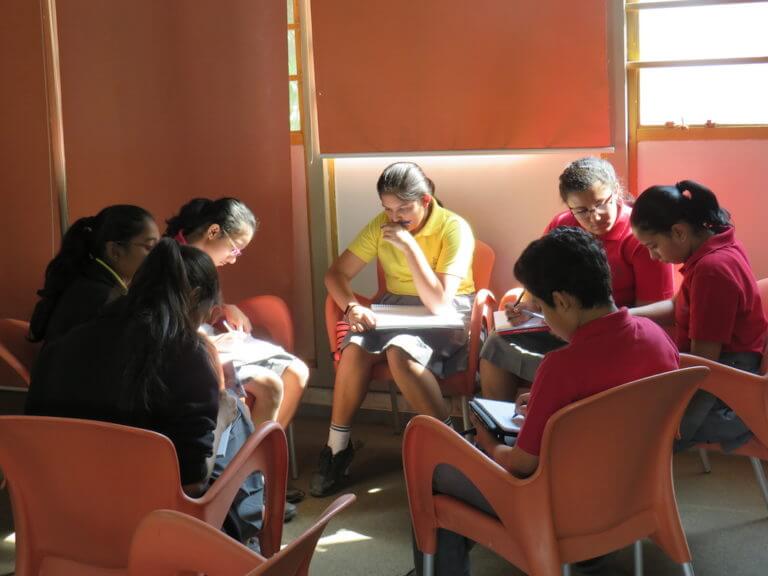 As a result of the unit, students become better learners in all areas and often find ways to enjoy and be more successful in areas that were previously viewed without enthusiasm. The highly-complex results require students to observe and analyse information from multiple perspectives, to see the big picture of teaching and learning, to apply their learning across a wide range of situations, and to change their mindset and behaviours over time. By the end of the PYP, students grow significantly as independent learners, and are able to plan and execute complex projects.
As a result of the unit, students become better learners in all areas and often find ways to enjoy and be more successful in areas that were previously viewed without enthusiasm. The highly-complex results require students to observe and analyse information from multiple perspectives, to see the big picture of teaching and learning, to apply their learning across a wide range of situations, and to change their mindset and behaviours over time. By the end of the PYP, students grow significantly as independent learners, and are able to plan and execute complex projects.
“Our students have worked hard and poured in their hearts and souls into this landmark event. We’re looking forward to present it to parents and the rest of the school community,” shares Ms Shivangi Panchal, the Head of Primary Years.
We take this opportunity to wish the seventh graders and their teachers all the best for the big event! After all, as American author and anthropologist Margaret Mead wisely said:

